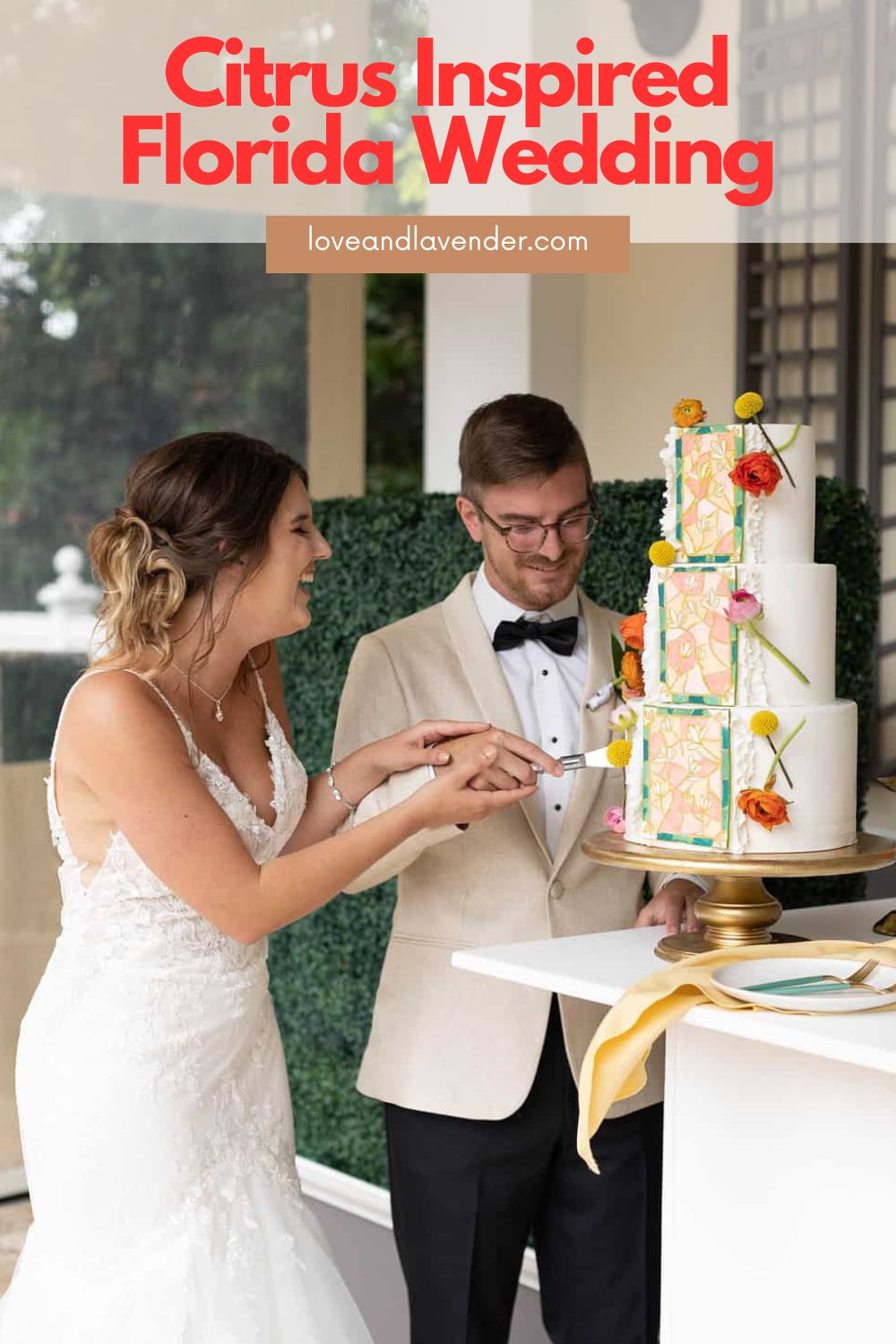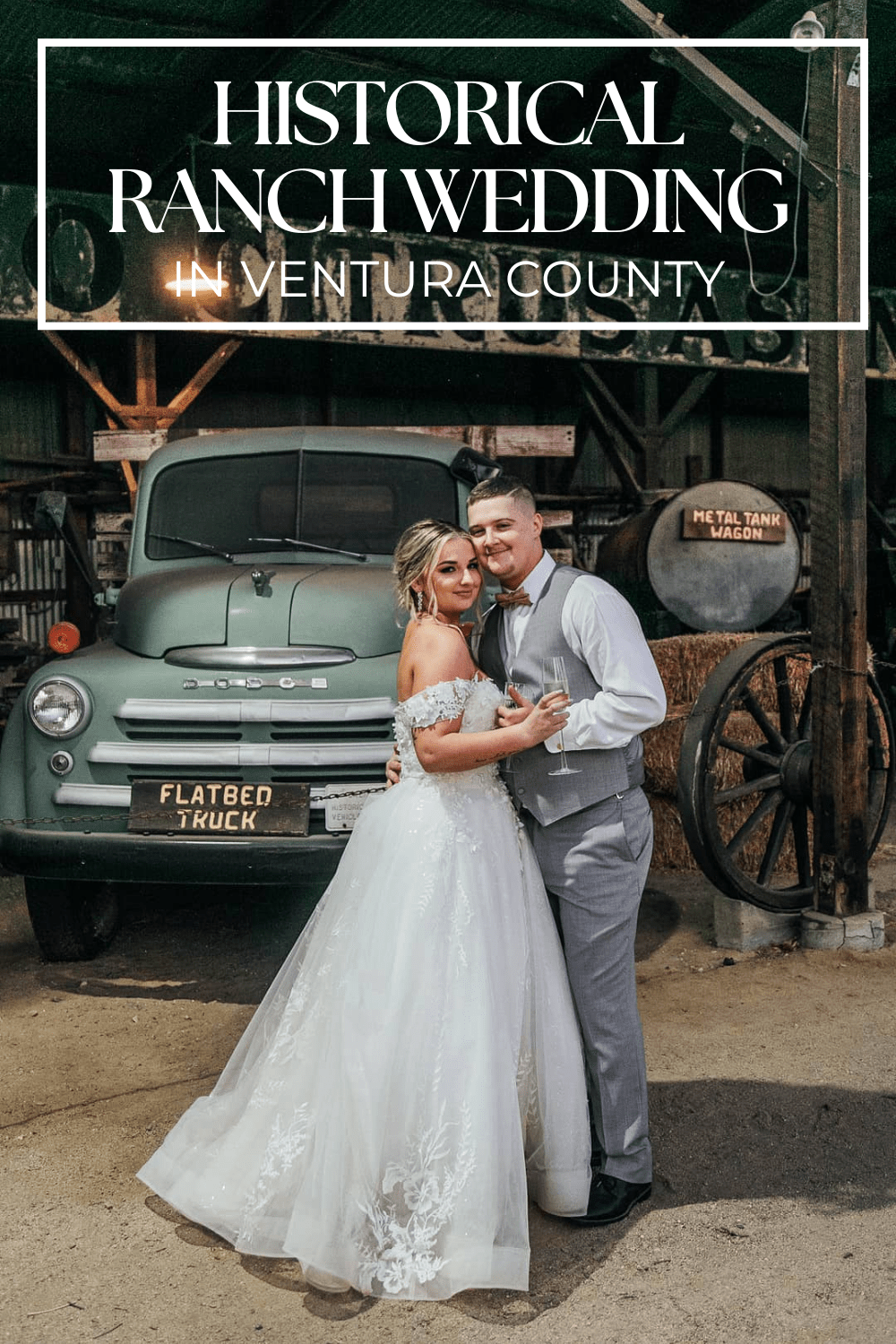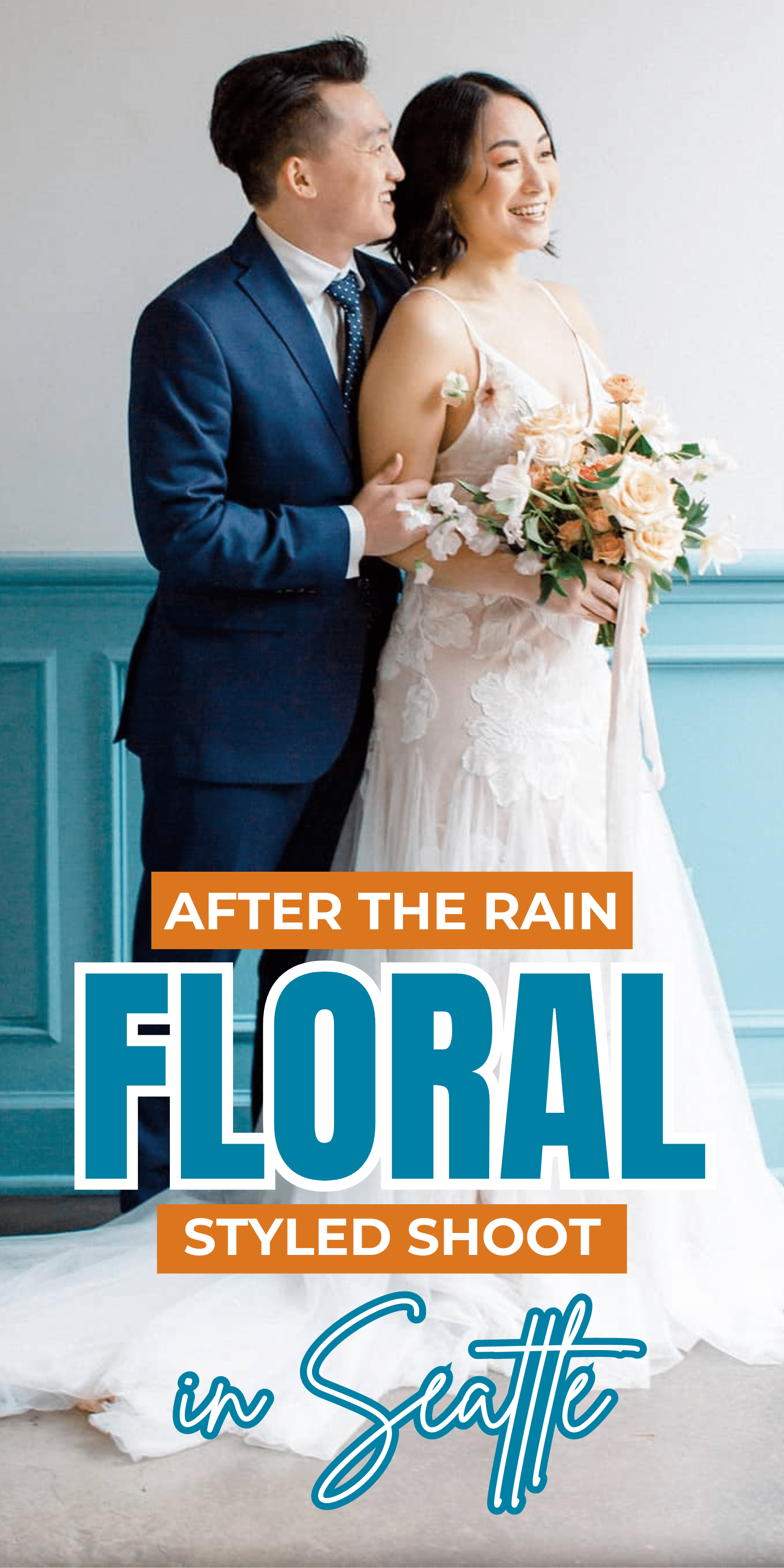Baroque pearls are the next nonconformists of the fine jewelry world. They take our traditional idea of what beauty is meant to be and turn it on its head — never a bad trait to have in any woman’s fashion arsenal. The result? An extraordinary new player that’s eye-catching, statement-making, and instantly cult-covetable.
The Times called baroque pearls the “fashionable gem of the moment.” These irregular shape pearls are appearing more and more everywhere from the red carpet to fringe festivals, and the best part is that every single one is completely different — a bit like snowflakes, except these beauties you can hold onto forever.
Let’s look at what makes these magnificent gems so special, and how to choose the ones that are right for you.
What are Baroque Pearls?
When you think of a classic pearl strand, you probably imagine a string of smooth, round, uniform spheres. There’s certainly a reason why these distinctive gems became such an integral part of our fashion history, but did you know that pearls can actually come in any shape?
Pearls are organic gemstones, meaning they come from a living thing (amber is another popular example of an organic gemstone). This means that every single one grows in its own unique way. Although pearl farmers are constantly trying to find ways to develop rounder, more perfect pearls in the oysters that they harvest from, the whims of nature still play a part. Some pearls will come out of their shells perfectly round, others will be slightly off-round or lopsided, and some will be different shapes completely.
 Pin
PinBaroque pearls come in a variety of forms, which we’ll talk about more below. They can be either cultured or natural. The vast majority of pearls on the jewelry market today are cultured pearls — that is, farmed pearls that were grown in controlled environments. Natural, or “wild” pearls, are ones that are found outside of pearl farms in the ocean or large bodies of freshwater. Because natural pearls aren’t grown without any sort of standardization or human intervention, almost all natural pearls will be baroque shapes.
These unusual shapes pack a lot of personality. What’s more, their uneven surfaces play with light in a way that often gives them a much more intense luster than we commonly see in round pearls. They exhibit some of the most stunning colors to be found in pearl jewelry, and each one is one of a kind.
How to Choose Baroque Pearls
Most pearls are graded based on the GIA’s seven pearl value factors: shape, luster, nacre quality, color, surface quality, size, and matching, or craftsmanship. Baroque pearls aren’t approached in quite the same way because they’re so different from standard round pearls.
Shape
When round pearls are evaluated, the first thing examiners look at is how spherical they are. Perfectly round pearls will always be worth more than lopsided, off-round pearls. When looking at baroque pearls, however, it’s more about how well balanced and visually pleasing the shape is. Shape in baroque pearls can vary a lot, and what one person finds beautiful might be different than what someone else likes. This is part of their unique magic.
Luster
This is one area where baroque pearls really shine — figuratively and literally. The surface of a baroque pearl is an expanse of little hills and valleys where layers of nacre gather and light reflects in a multitude of ways — not entirely dissimilar to how light passes through a diamond. As a result, most baroque pearls will exhibit very high luster with small pockets around its surface where the luster is truly spectacular. This is something that’s very difficult to achieve in round pearls.
Nacre Quality
Nacre is the pearlescent substance built up by the oyster around the pearl form – we recognize it as mother-of-pearl. When grading round pearls, the nacre quality refers to the thickness of the layer of nacre around the nucleus, or form in the center of the pearl. Some pearls have only a paper-thin layer of actual pearl substance around a center of shell or plastic. This makes them very susceptible to wearing down over a short amount of time. Others have thicker layers or, in the case of most freshwater pearls, will be pure nacre all the way through.
Baroque pearls, by their nature, are pearls that have deviated from their implanted nuclei. Either they grew independently — in which case, like freshwater pearls, they will be pure nacre all the way through — or they grew off and away from the center in a way that the pearl farmer didn’t plan on (in this necklace, you can see how the pearls started off as round before deciding to forge their own path). When this happens the nacre will likely be much thicker than on a traditional round pearl, and usually will be thicker in some spots than in others. This makes baroque pearls a more durable choice for everyday wear.
 Pin
PinColor
Baroque pearls can come in any color that round pearls are found in. Depending on the variety and country of origin, this can include white, pink, peach, lavender, blue, gold, or black. Because of the concentrations of light and nacre across the surface, baroque pearls will often show much stronger body colors than round ones. Baroque pearls with very bold or unusual colors will usually command a higher value.
Surface Quality
Because baroque pearls are defined by their unusual shapes, surface quality isn’t evaluated as stringently as it is for round pearls. While the best round pearls will have smooth, unblemished surfaces, it’s expected that baroque pearls will have a lot of variation. The best baroque pearls should have surfaces that are smooth and unbroken by nicks and pockmarks.
Size
Like with round pearls, large baroque pearls will be worth more than smaller ones when all other quality factors are equal. Some of the most famous baroque pearls have been in substantial sizes that went on to become beautiful works of art.
Craftsmanship
This refers to the construction of the finished jewelry piece and how well matched the pearls are in shape, size, color, and quality. This is especially important in baroque pearl jewelry, because every one is so different.
In earrings, the baroque pearls should look like a matching pair with similar outlines — not twins, but certainly siblings. Necklaces should be made up of pearls with similar shapes that, though not identical, look like they were intended to be a matching set. Colors should be complementary and each pearl should bring out the best in the others. This is a huge challenge for jewelers, who often have to comb through hundreds of pearls to find sets that go well together.
Because baroque pearls are so endlessly varied, the most important thing is choosing the ones that you find most beautiful. Your new baroque pearl jewelry will be as unique as you are!
Types of Baroque Pearls
Now that you know about the grading characteristics of baroque pearls, we can explore some of the amazing variety of these mysterious gems.
Ringed
These are pearls that are formed with concentric growth circles around the pearl’s circumference. They look a little bit like ringed planets. You can find rings on any type of pearl, but they’re most common on pearls with a longer growth period such as South Seas and Tahitians.
Coin
These pearls are round and flat like a disc. They’re usually found in freshwater mussels and are a great, affordable option for unique pearl jewelry. They’re also popular in fashion design and can be used for beautiful buttons.
Drop
When perfectly symmetrical, drop pearls are in high demand for pendants and matching earring sets. These look like a drop of rain and are flattering on everyone. To be a true baroque, though, a drop pearl should be asymmetrical and organic looking. Here’s an example of a perfectly imperfect baroque drop pearl.
 Pin
PinRice
Usually found in freshwater mussels, these pearls began growing round and then began to dramatically elongate, giving them a shape like a grain of rice. They’re usually small and very lightweight, so they’re a great choice for a fun layered baroque pearl necklace.
Twin
Twinning happens when two bead nuclei get too close and begin to grow together, giving the finished pearl a bow tie effect. They’re not considered as desirable as other types of baroque pearls, but some jewelers use them very effectively in interlocking designs such as this one.
Freeform
The true baroque pearl, these gorgeous gems are all completely one of a kind. In jewelry, they guide the jeweler’s creative direction rather than the other way around. Most natural (uncultured) pearls will fall into this category. These pearls can take any shape under the sun and are made into the most unusual, spectacular designs.
Baroque Pearl Value
The value of baroque pearls spans as wide a range as the pearls themselves. For a baroque pearl pendant, you can expect to pay anywhere from around $100 up to an impressive $4.7m.
In general, the financial value of a baroque pearl comes down to two things:
- how unique the pearl is in shape and size
- the craftsmanship of the piece, or how expertly and innovatively the jeweler made use of that particular pearl.
In earrings and necklaces, this means creating a unique, coherent family of matching pearls. In the case of single pearls, it means finding the best way to turn the gem into something truly extraordinary.
Rather than designing a piece and then finding a pearl to put in it, as is the case with most other jewelry items, often a jeweler will examine a baroque pearl to see what sort of story it tells. Then they’ll build up a new design around it — for instance, this gorgeous swan or this strapping merman. Baroque pearls open up a world of creativity for jewelers, which makes each piece a priceless, one of a kind treasure.
It’s worth noting that some jewelers who are either unscrupulous or just poorly trained might try to attach the word baroque to lower-quality off-round pearls. A true baroque pearl shouldn’t be able to be graded in the same way as standard round pearls – it should have very distinctive variations that make it something entirely different.
Baroque Pearl FAQ
Like all pearls, baroque pearls are made up of delicate nacre that is susceptible to harsh chemicals like those found in perfume, hairspray, or body products. When exposed to these chemicals the nacre can wear down over time, dulling the luster of the pearl.
For this reason it’s recommended that you put on your pearls only after any body products have had a chance to settle down and evaporate. After wearing, they should be gently cleaned with a soft, dry cloth.
The substantial nacre of baroque pearls makes them a more durable choice for day to day wear than most round pearls. However, their unusual shapes mean that they can have small points or other less protected areas that are vulnerable to being knocked as you go about your day. If possible, try to wear them in a setting that protects the most vulnerable places, and avoid wearing baroque pearl rings when you know you’re going to be very active with your hands.
Most pearls, unfortunately, aren’t great as far as being an investment piece. Baroque pearls are usually purchased much more cheaply than round pearls and you’re unlikely to get much back for them if you decide to sell them at a later date. True natural pearls with reputable documentation are the exception to this.
The New Wave of Unique Pearls
As you can see, baroque pearls represent an entire world of lustrous possibility. They can be just about any shape you can imagine and they push the limits of what it’s possible for a pearl. Baroque pearls give jewelers a chance to challenge themselves as artists and create something entirely new, and they give jewelry lovers a chance to wear something that is completely and utterly unique.
Next time you’re pursuing the halls of a vintage boutique, keep your eyes peeled for these marvelous creations of nature – you never know what you mind find.
Further Reading
https://www.gia.edu/gems-gemology/summer-2015-gemnews-baroque-pearls














Leave a Reply